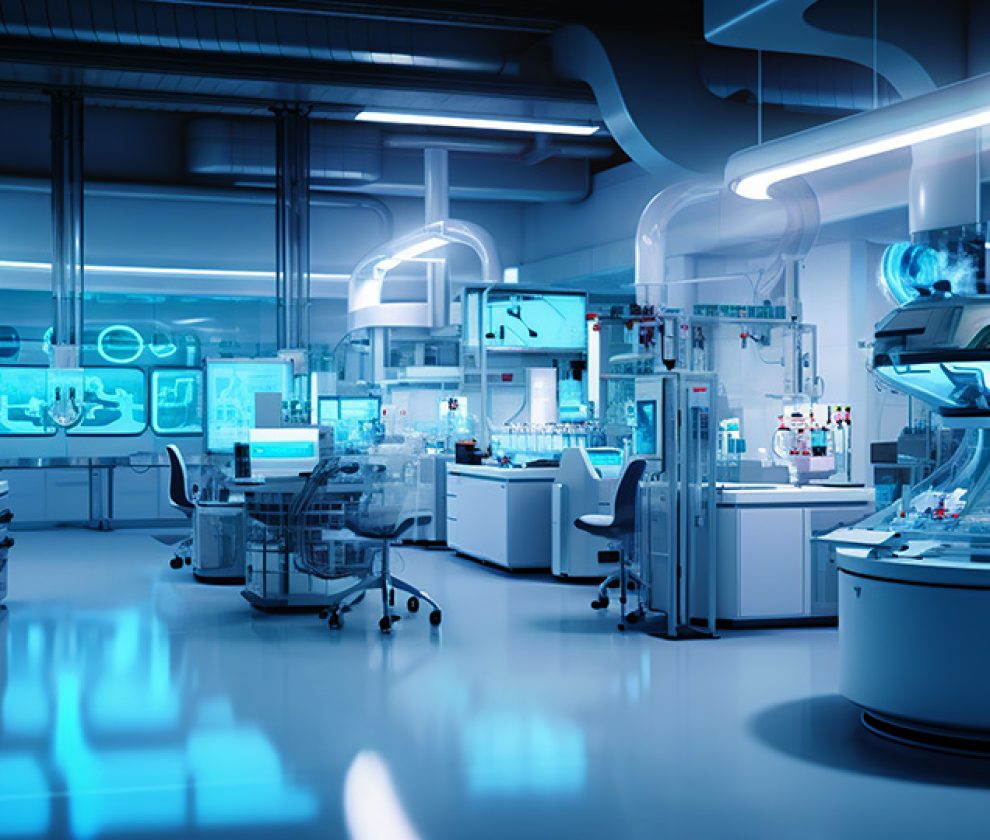In the world of scientific research and laboratory operations, acquiring the right equipment is crucial. Whether you’re setting up a new lab, expanding your existing one, or simply replacing outdated instruments, navigating the procurement process can seem like a complex journey. Fear not; we’re here to demystify lab equipment procurement with a step-by-step guide to help you make informed and efficient decisions.
Step 1: Needs Assessment
The journey begins with a thorough needs assessment. Before you even start browsing catalogs or contacting suppliers, take the time to:
- Identify the specific requirements of your research or laboratory operations.
- Determine the types of equipment needed, their specifications, and quantities.
- Consider any special features or compatibility requirements.
Step 2: Budgeting
Once your needs are defined, establish a realistic budget. Consider not only the initial purchase cost but also ongoing expenses like maintenance, consumables, and potential upgrades. Be prepared to justify your budget to decision-makers, emphasizing the long-term benefits of the equipment.
Step 3: Vendor Selection
Choosing the right vendor is critical. Research and compare multiple suppliers, considering factors like:
- Reputation: Look for well-established vendors with a track record of quality and reliability.
- Reviews and References: Seek feedback from peers and ask vendors for references.
- Support and Service: Inquire about after-sales support, warranties, and maintenance agreements.
- Cost: Compare prices and negotiate for the best deal.
Step 4: Due Diligence
Before finalizing any purchase, conduct due diligence:
- Inspect equipment specifications, ensuring they meet your needs.
- Verify the vendor’s reputation and credentials.
- Check for any regulatory compliance requirements for your industry or research field.
Step 5: Procurement Process
Now that you’ve chosen your vendor, it’s time to formalize the procurement. This involves:
- Preparing a purchase order or contract that outlines all terms and conditions.
- Ensuring the contract covers warranties, support, and delivery schedules.
- Confirming the payment terms and making necessary arrangements.
Step 6: Delivery and Installation
Upon receiving your equipment, inspect it for any damage during transit. Then, coordinate the installation process, which may involve:
- Training for lab personnel on proper equipment use and maintenance.
- Calibrations or certifications to ensure accuracy.
- Ensuring compliance with safety standards and regulations.
Step 7: Documentation and Asset Management
Keep detailed records of your equipment purchases, including:
- Manuals, warranties, and service agreements.
- Calibration and maintenance schedules.
- Asset tracking to manage inventory efficiently.
Step 8: Ongoing Maintenance and Support
Regular maintenance is crucial for equipment longevity and accurate results. Establish a maintenance schedule and follow the manufacturer’s guidelines. Utilize any support or service agreements provided by the vendor to address issues promptly.
Conclusion: Mastering the Art of Lab Equipment Procurement
Lab equipment procurement may seem daunting, but with a well-defined plan and attention to detail, it becomes a manageable and rewarding process. Remember that the goal is not just to acquire equipment but to empower your research and laboratory operations, ultimately contributing to scientific advancements and innovation.
By following this step-by-step guide, you’ll navigate lab equipment procurement with confidence, ensuring that your lab is equipped to meet the challenges of the future.



